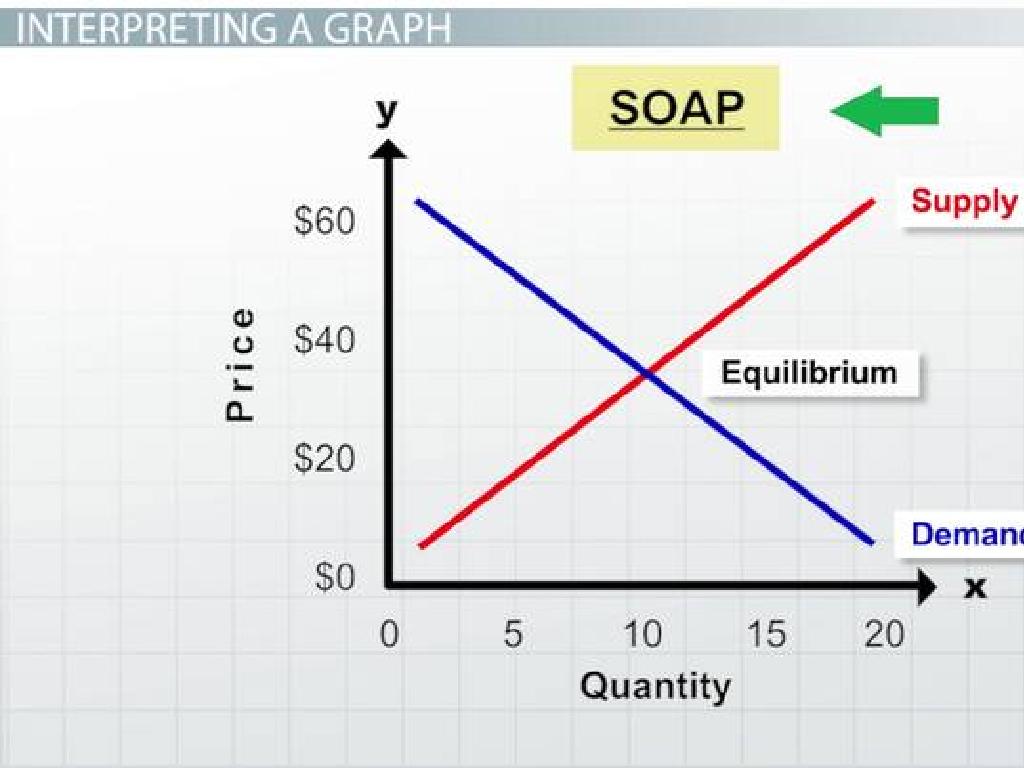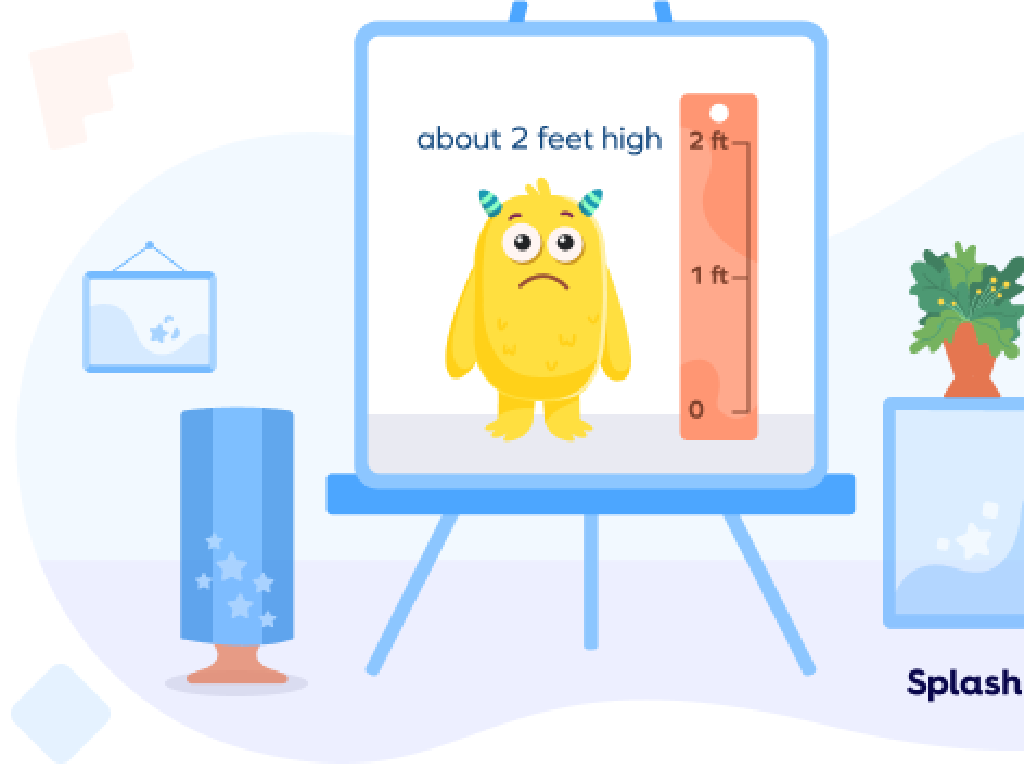Is It A Complete Sentence Or A Fragment?
Subject: Language arts
Grade: Fourth grade
Topic: Sentences, Fragments, And Run-Ons
Please LOG IN to download the presentation. Access is available to registered users only.
View More Content
Complete Sentences vs. Fragments
– What defines a complete sentence?
– A complete sentence has a subject, verb, and expresses a complete thought.
– Sentence vs. fragment
– Fragments are incomplete thoughts that are missing a subject, verb, or both.
– Today’s goal: Spot the difference
– Practice identifying sentences and fragments
– We’ll do exercises to recognize complete sentences and fragments.
|
Begin the lesson by explaining the components of a complete sentence: a subject, a verb, and a complete thought. Contrast this with sentence fragments, which lack one or more of these elements and do not form a complete thought. Use examples to illustrate the difference. Today’s objective is for students to learn how to distinguish between complete sentences and fragments. Engage the class with practice exercises where they identify sentences and fragments from examples you provide. This will help solidify their understanding and prepare them for writing clear and complete sentences in their work.
Complete Sentences vs. Fragments
– A complete sentence structure
– Has both a subject (‘the cat’) and a predicate (‘sleeps on the mat’).
– Must express a full thought
– It’s not just a part of an idea, but the whole idea!
– Example: ‘The cat sleeps on the mat.’
– This sentence has a subject, a verb, and is a full idea.
|
This slide introduces the concept of a complete sentence to the students. Emphasize that a complete sentence must have both a subject (who or what the sentence is about) and a predicate (what the subject is doing). It should also express a complete thought, meaning the reader understands the idea being communicated without needing additional information. Use the example ‘The cat sleeps on the mat.’ to illustrate a simple sentence that meets all the criteria. Ask students to identify the subject and predicate in the example. Encourage them to come up with their own sentences and identify whether they are complete or fragments.
Complete Sentences: Subjects and Predicates
– What is a subject in a sentence?
– The subject is the ‘who’ or ‘what’ the sentence is about.
– What is a predicate?
– The predicate explains what the subject does or is like.
– Finding subjects and predicates
– Let’s identify subjects and predicates together.
– Practice with examples
– We’ll use example sentences to practice.
|
This slide introduces the concept of subjects and predicates as essential parts of a complete sentence. A subject is the main noun or pronoun that the sentence is about, while the predicate contains the verb and tells something about the subject. To ensure students grasp these concepts, provide clear examples where subjects and predicates are easily identifiable. Encourage students to find the subject by asking ‘who or what is this sentence about?’ and the predicate by finding the action or state of being. Use interactive activities where students can work in pairs or groups to identify subjects and predicates in sample sentences. This will prepare them for identifying complete sentences versus fragments in future lessons.
Understanding Sentence Fragments
– What is a sentence fragment?
– A fragment is an incomplete sentence.
– Identifying missing parts
– It lacks a subject, predicate, or complete thought.
– Example: ‘After the rain.’
– ‘After the rain.’ lacks a subject and verb, leaving the thought unfinished.
|
This slide introduces the concept of sentence fragments, which are incomplete sentences that students often encounter in writing. Explain that a complete sentence requires a subject (who or what the sentence is about), a predicate (what the subject is doing), and a complete thought (a finished idea). Use the example ‘After the rain.’ to show how a fragment can leave the reader asking questions like ‘What happened after the rain?’ Encourage students to look for these components in sentences and to practice turning fragments into complete sentences by adding the missing parts. This will help them in writing clearer and more coherent sentences.
Comparing Sentences and Fragments
– What makes a complete sentence?
– A complete sentence has a subject, verb, and expresses a complete thought.
– Identifying fragments
– Fragments are incomplete; they’re missing a subject, verb, or a complete thought.
– Examples: Sentences vs. Fragments
– ‘The dog barked loudly.’ (Sentence) vs. ‘During the night.’ (Fragment)
– Explaining our reasoning
– We’ll discuss why each example is a sentence or a fragment.
|
This slide is aimed at helping students differentiate between complete sentences and fragments. Start by explaining the components of a complete sentence: a subject, a verb, and a complete thought. Then, describe what a fragment is and how it lacks one or more of these components. Provide clear examples of both sentences and fragments, and ask students to explain why an example is a complete sentence or a fragment. This will help them understand the concept and apply it to their writing. Encourage students to think critically about each example and to articulate their thoughts during the discussion.
Fixing Fragments: Crafting Complete Sentences
– Turning fragments into sentences
– A fragment lacks parts; a sentence has a subject and a predicate.
– Add missing subjects or predicates
– If a fragment is missing a who or a what, add it! If it’s missing an action or description, include that.
– Practice fixing fragments
– We’ll work together to make incomplete thoughts whole.
– Understanding complete thoughts
|
This slide aims to teach students how to identify sentence fragments and transform them into complete sentences. Begin by explaining that a complete sentence expresses a complete thought and contains both a subject (who or what) and a predicate (what about it). Show examples of fragments and ask students to identify what’s missing. Then, guide them through the process of adding the missing elements. The practice activity involves collaborative correction of fragments to reinforce the lesson. Encourage students to explain why the fragments were incomplete and how their additions created complete sentences.
Avoiding Run-on Sentences
– Define run-on sentence
– A run-on sentence has two or more ideas without proper punctuation.
– Tips to spot run-ons
– Look for sentences that seem too long or have too many ideas.
– Methods to avoid run-ons
– Use punctuation like periods or commas with conjunctions to separate ideas.
– Practice identifying run-ons
– We’ll do exercises to find and fix run-ons.
|
This slide is aimed at helping students understand what run-on sentences are and how to avoid them. A run-on sentence incorrectly joins two or more main clauses without proper punctuation or conjunctions. Teach students to identify run-on sentences by looking for sentences that continue for too long or try to express too many ideas without proper breaks. Show them how to use periods, commas, and conjunctions to break down these sentences into smaller, correctly structured ones. During the practice activity, provide students with examples of run-on sentences and guide them through the process of correcting them. This will help reinforce their understanding and give them the skills to write more clearly and effectively.
Class Activity: Sentence Scavenger Hunt
– Pair up for a text exploration
– Find sentences and fragments
– Look for complete thoughts and incomplete snippets
– Classify and explain your choices
– Decide why it’s a full sentence or a fragment
– Share discoveries with the class
|
This interactive activity encourages students to work collaboratively to identify complete sentences and fragments in a given text. Provide a variety of texts for students to choose from. Guide them to understand that a complete sentence has a subject, verb, and expresses a complete thought, while a fragment is missing one of these elements and does not stand alone. As they classify each example, ask them to explain their reasoning, reinforcing their understanding of sentence structure. After the activity, have each pair share their findings with the class, fostering a discussion on the different examples discovered. This will help students learn from each other and clarify any misconceptions. Possible texts for the activity could include children’s books, excerpts from stories, or even sentences written by the teacher.
Wrapping Up: Sentences vs. Fragments
– Review sentences and fragments
– Homework: Craft 5 sentences
– Write 5 original, complete sentences on any topic.
– Fix 5 fragments for homework
– Choose 5 sentence fragments and make them complete.
– Study for a quiz next class
|
As we conclude today’s lesson, ensure that students can differentiate between complete sentences and fragments. For homework, they should write five complete sentences, which will help reinforce their understanding of sentence structure. Additionally, they will select five fragments and expand them into complete sentences, applying the concepts learned in class. This exercise will prepare them for the upcoming quiz on sentences and fragments. Encourage creativity and remind them to include subjects and predicates in their sentences. The quiz will assess their ability to identify and correct incomplete sentences, so they should review their notes and practice with examples.





